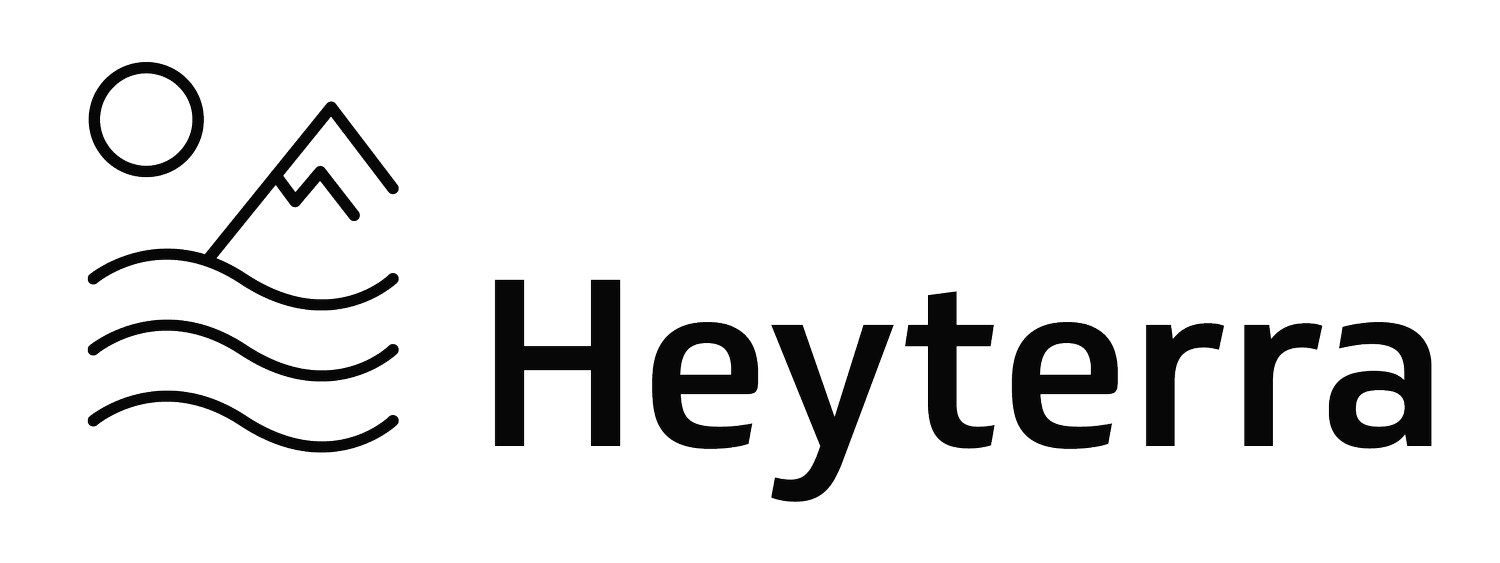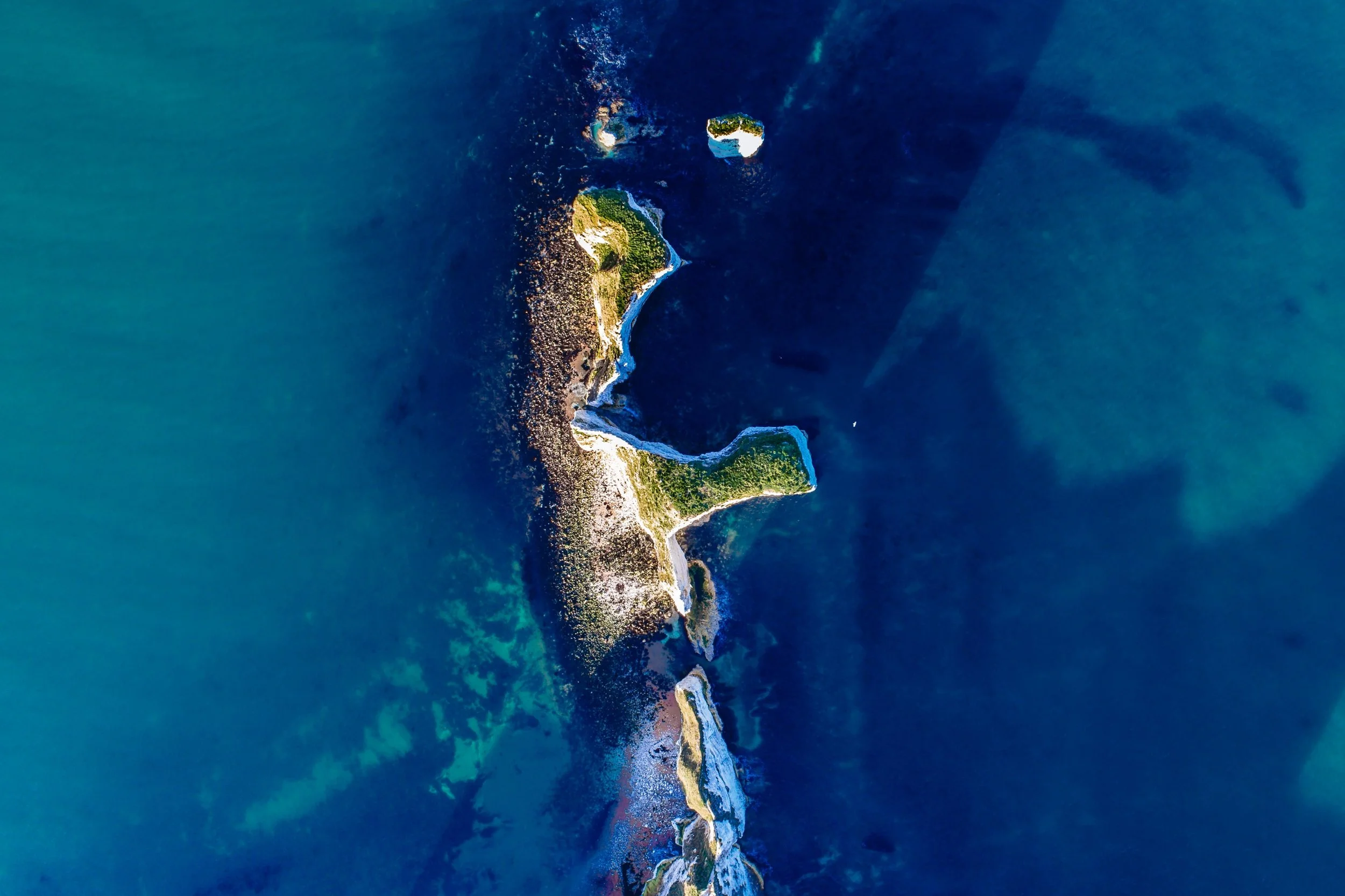Preserving the Ocean through Story and Song: One People One Reef
How a community of Micronesian outer islanders and scientists are writing the script for ocean conservation using tradition, science, and yes, music. We’re all ears.
To a future geographer, the Pacific is one of the most beguiling regions in the world.
At almost 64 million square miles (165 million square kilometers) and covering a third of the Earth’s total surface, the Pacific Ocean is our largest and deepest body of water. This vast expanse of blue contains a dizzying constellation of over 30,000 islands divided between Polynesia, Melanesia, and Micronesia, all holding their own beautifully complex natural and cultural systems.
One People One Reef team underwater on the Woleai Atoll, Micronesia. Photo by Scott Davis.
Here, while water is a natural boundary, water is also the element that connects these island communities across the Pacific, and stories and song connect their knowledge systems.
A musician myself, I’ve traditionally looked at cultures and the places we have traveled in through that sonic lens. Across the Pacific, the diverse sounds and musicologies define each island community, even to the most remote of atolls. The bush bass on Vanuatu, the drop-pitched Imene tuki in a Rarotonga church, or most recently, the fusion of traditional storytelling woven in to modern songs through the work of One People One Reef in the Micronesian outer islands.
Mario Dohmai snorkels among Tridacna clams in Lamotrek Atoll. Photo by Scott Davis.
The Story of One People One Reef
Here in Ulithi, the largest atoll in the world stretching over 200 miles across Micronesia, something incredible has been stirring. A few years ago, islanders started to see a steep decline in fish population and the health of their surrounding reefs. They’d persevered through severe weather events like 2015’s super Typhoon Maysak and had adapted to changes in the environment, but still wanted to take it step further.
They reached out to community leaders and a few dedicated scientists based internationally and together, they were able to see that the fate of the reef was in the hands of so many varying factors: changes in fishing techniques, loss of traditional leadership, climate change, the advent of money, with younger generations going to Western style schools and losing the oral traditions of their elders. They were able to see that this all played a part in the fate of the reef, and it could also play a part in its recovery.
What was born was One People One Reef— a collaboration between these Micronesian coastal communities and the team of marine biologists who began to develop solutions together—both with traditional knowledge and ‘modern’ science— to restore the health of their oceans.
Since then, OPOR has created a swathe of revolutionary, inclusive and adaptive programs: community-led reef management, artisanal fisheries and youth-based programs involving storytelling and music.
Nicole Crane works with Elato Islanders as part of One People One Reef. Photo by Scott Davis.
When first meeting One People One Reef’s co-program leader and Senior Conservation Scientist Nicole Crane, she sent me a link to an original song recorded by a local Ulithi group, Ulithian Vibes—titled One People One Reef. It was the perfect call-to-action and unity for people across the Pacific, but could have easily been snuggly tucked into one of my favorite playlists on Spotify, “Sunshine Reggae”.
“The Ulithi youth love music! Chants, storytelling and music are traditionally the way knowledge has been passed down in these and many other outer island communities.”
In one sentence, our friendship became as much about music as it was about science. After all, music is an element we could all benefit from when approaching the deeper questions of stewardship of the planet. I would come to learn that the Ulithi youth were doing more than writing sleeper hit songs for the planet. They have also collaborated with National Geographic Society on a Storytelling Project, where the Ulithi Youth Action Project listened to, recorded, transcribed and translated some of the foundational stories of their culture.
Together with translating their oral traditions, they are brilliantly harnessing the modern tools of today— Zoom calls, music studios and TikTok— to forge a path of climate resilience and ocean management, and everyone around the world should be paying attention.
Over the course of many months, I’ve been honored to get a glimpse into how they all work so enthusiastically as a team, how ideas and inspiration are shared from Ultihi to Guam to California and back again, from the youth to the pioneering marine biologists, despite Covid-restrictions, despite tech challenges and time zones, always bringing intelligent ideas and of course, joy.
I’ve watched the group secure a grant to record an album, record and document more storytelling, produce podcasts and more cross-island ocean management education. How it really should be across communities for the younger generations to stay engaged and create ecological solutions in a modern, necessary way.
John Rulmal and Peter Nelson on Satawal. Photo by Scott Davis.
For families, how can we inspire our own kids to use music, or the stories of our own elders, to invite environmental activism into our homes and communities the way these young people have done?
On a more expansive level, how can we replicate this model to other communities around the world whose stories hold the answers to so many of today’s ecological solutions and inspire the next generation to be stewards of their environments?
Indigenous communities have always held the answers in their stories- from Aboriginal foretelling of rising sea levels 7,000 years ago to the oral histories of Native Americans understanding the pre-industrial levels of salmon in the Columbia River, it is essential we listen to the traditional owners and indigenous caretakers of their homelands and along with scientific solutions, help rebuild the planet we love.











